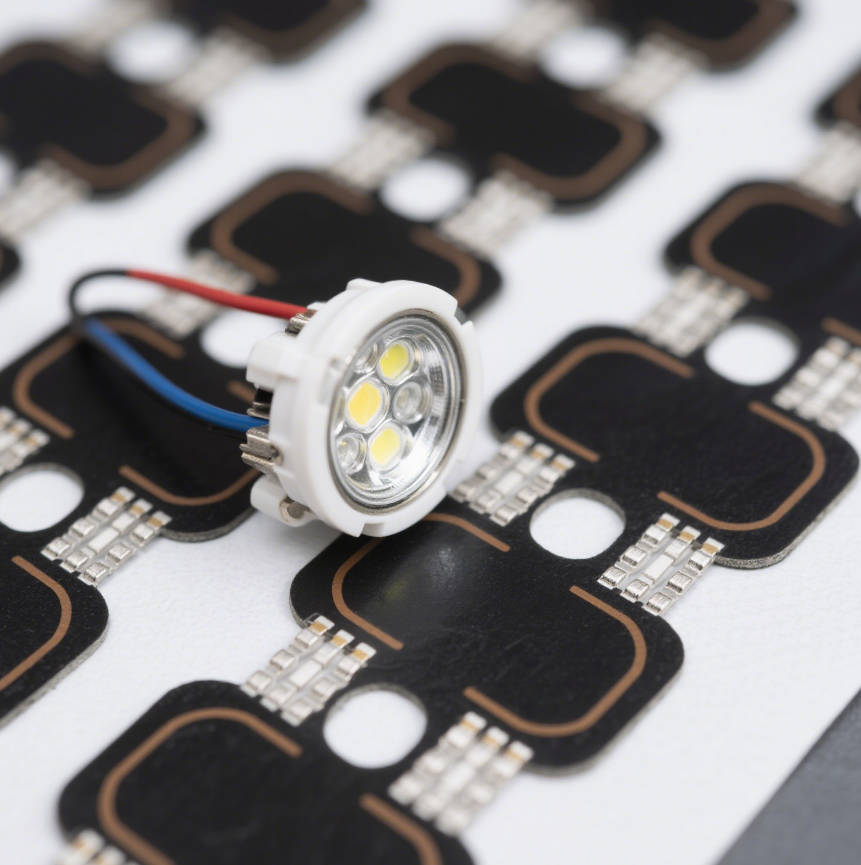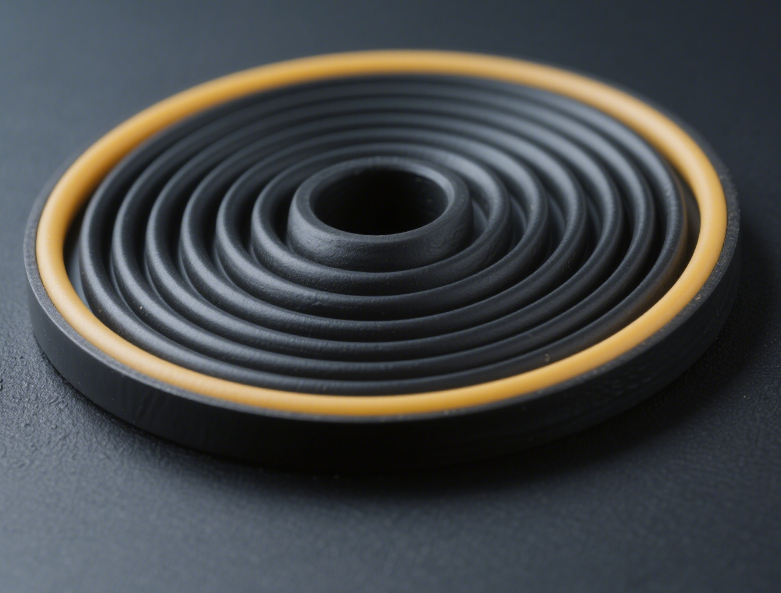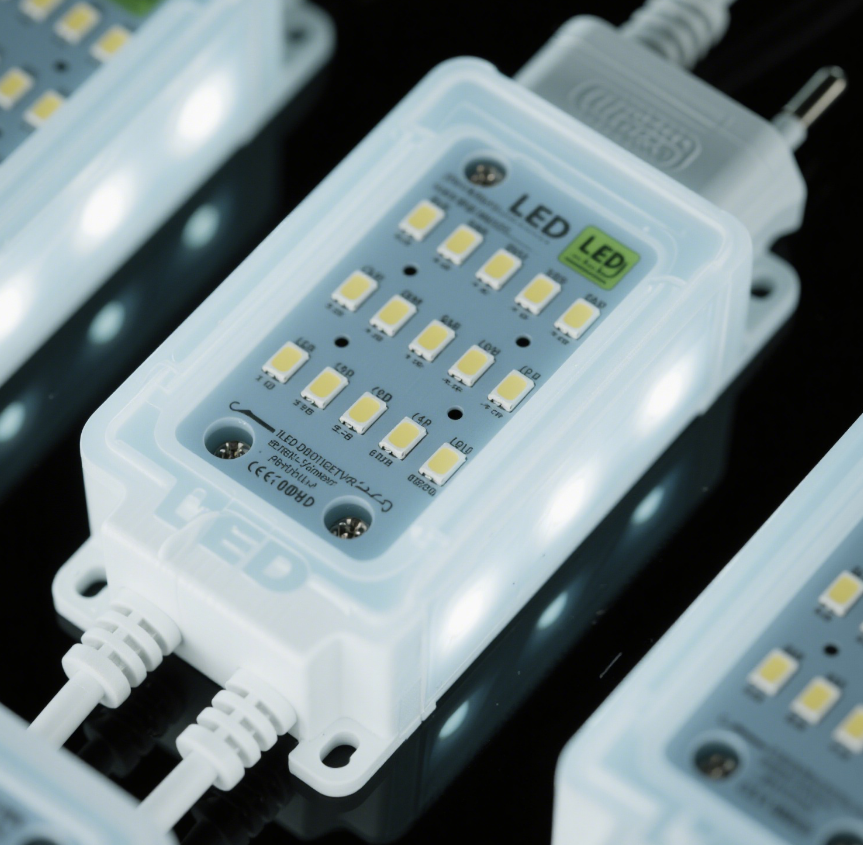Conductive silicone rubber in wireless routers
2025/06/16
0
Conductive silicone rubber, also known as conductive elastomer, has important applications in wireless routers, mainly in the following aspects:

Conductive silicone rubber in wireless routers
- Electromagnetic Shielding
- Principle:Wireless routers work by transmitting and receiving electromagnetic waves. During operation, they may generate electromagnetic interference (EMI) that can affect the normal operation of other electronic devices. Conductive silicone rubber contains conductive fillers such as silver powder, copper powder, or carbon black. These conductive particles form a conductive network within the silicone rubber, allowing electromagnetic waves to be absorbed, reflected, and attenuated, thereby reducing the leakage of electromagnetic waves from the router and preventing external electromagnetic interference from entering the router.
- Application location:It is usually used in the gaps and seams of the router’s casing, such as around the edges of the case, between the cover and the main body, and around the interface areas. For example, conductive silicone rubber gaskets can be installed around the antenna holes of the router to prevent electromagnetic waves from leaking out through these holes.
- Thermal Management
- Principle:When wireless routers are working, especially under high-load conditions, components such as the main control chip and WiFi module will generate a lot of heat. If the heat cannot be dissipated in time, it will cause the temperature of the components to rise, which will affect the performance and service life of the router. Conductive silicone rubber has good thermal conductivity. It can be used as a thermal interface material to fill the gaps between the heat-generating components and the heat sink or the casing, improving the thermal conduction efficiency and facilitating the transfer of heat from the components to the outside world.
- Application location:It is often placed between the main control chip and the heat sink, as well as between the WiFi module and the metal shielding cover or the casing. For instance, a layer of conductive silicone rubber thermal pad can be installed between the router’s SoC chip and the aluminum alloy heat sink to enhance heat transfer.
- Environmental Sealing
- Principle:Conductive silicone rubber has excellent sealing properties. It can effectively block dust, moisture, and other substances from entering the interior of the router, protecting the internal electronic components from being corroded and damaged by the external environment, and ensuring the stable operation of the router in different environmental conditions.
- Application location:It is used for sealing the interfaces of the router, such as the power interface, network cable interface, and USB interface, as well as the gaps in the casing to prevent the intrusion of foreign matter.
















